0102030405
High Frequency Transformers
Classifications:
These transformers can be classified based on their construction, functionality, and specific applications. Key categories include:
RF Transformers: Designed for radio frequency (RF) signal processing in communication systems.
Planar Transformers: Characterized by flat windings and a low profile, ideal for high-density PCB integration.
Balun Transformers: Enable the conversion between balanced and unbalanced signals, crucial in antenna interfaces.
Common Mode Choke Transformers: Suppress noise by filtering out common mode signals in data and power lines.
Manufacturing Techniques:
The manufacturing process of PCB high-frequency transformers involves precision printing or etching of circuit traces onto a PCB substrate, followed by precise winding or embedding of coils. Advanced techniques like laser trimming ensure tight tolerances, while the use of automated assembly lines guarantees consistency and scalability.
Performance Attributes:
Critical performance parameters include high frequency response, low insertion loss, excellent impedance matching, and a wide bandwidth. Thermal management is also paramount due to the heat generated during high-frequency operations. Additionally, stability across temperature ranges and long-term reliability are crucial for maintaining consistent performance.
Distinctive Advantages:
Miniaturization: Their integration directly onto PCBs significantly reduces device size and weight.
Efficiency: Optimized designs reduce energy loss, enhancing overall system efficiency.
Design Flexibility:Customizable to meet exact circuit requirements and layout constraints.
Cost-Effectiveness:Mass-production capabilities lead to reduced unit costs.
Key Application Domains:
PCB high-frequency transformers find extensive use in:
Wireless Communication: Including smartphones, Wi-Fi routers, and satellite communication systems.
Power Electronics: In switched-mode power supplies, DC-DC converters, and renewable energy systems.
Data Transmission: High-speed Ethernet, HDMI, and USB interfaces.
Medical Equipment: MRI machines, patient monitoring systems, and medical imaging devices.Contact Us
For inquiries about our products or pricelist, please leave your email to us and we will be in touch within 24 hours.
inquiry

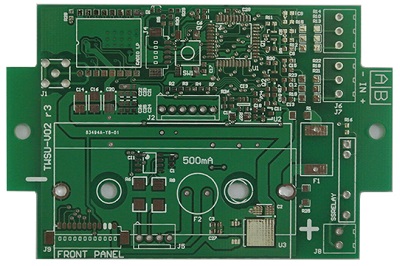 PCB
PCB FPC
FPC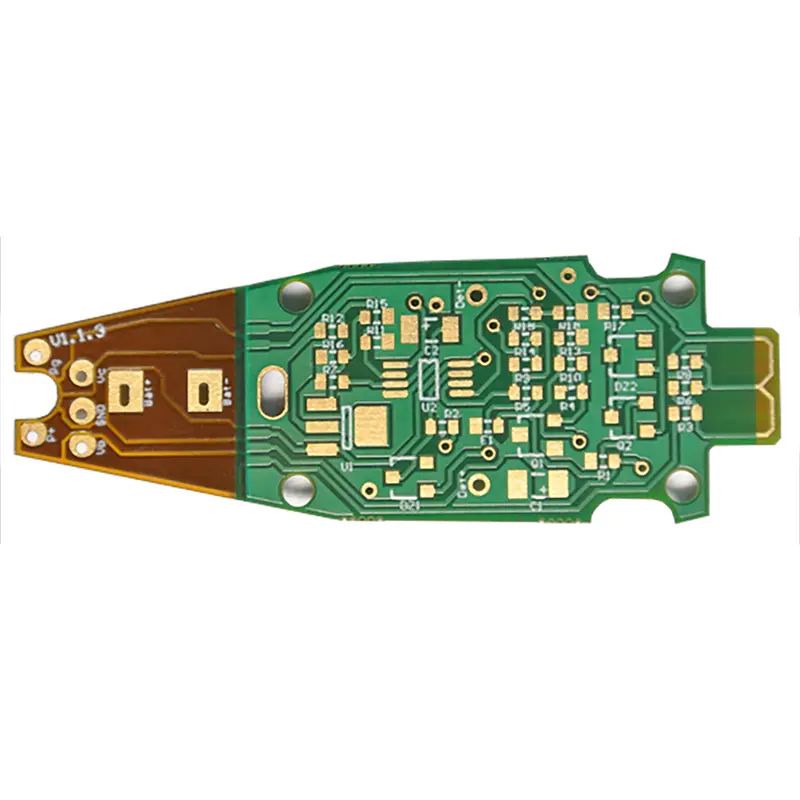 Rigid-Flex
Rigid-Flex FR-4
FR-4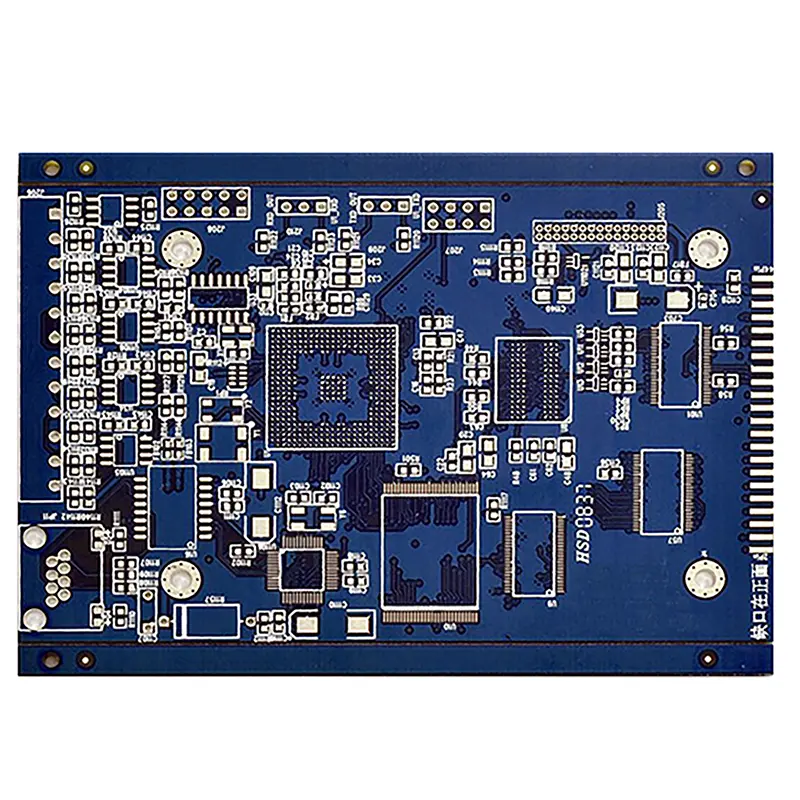 HDI PCB
HDI PCB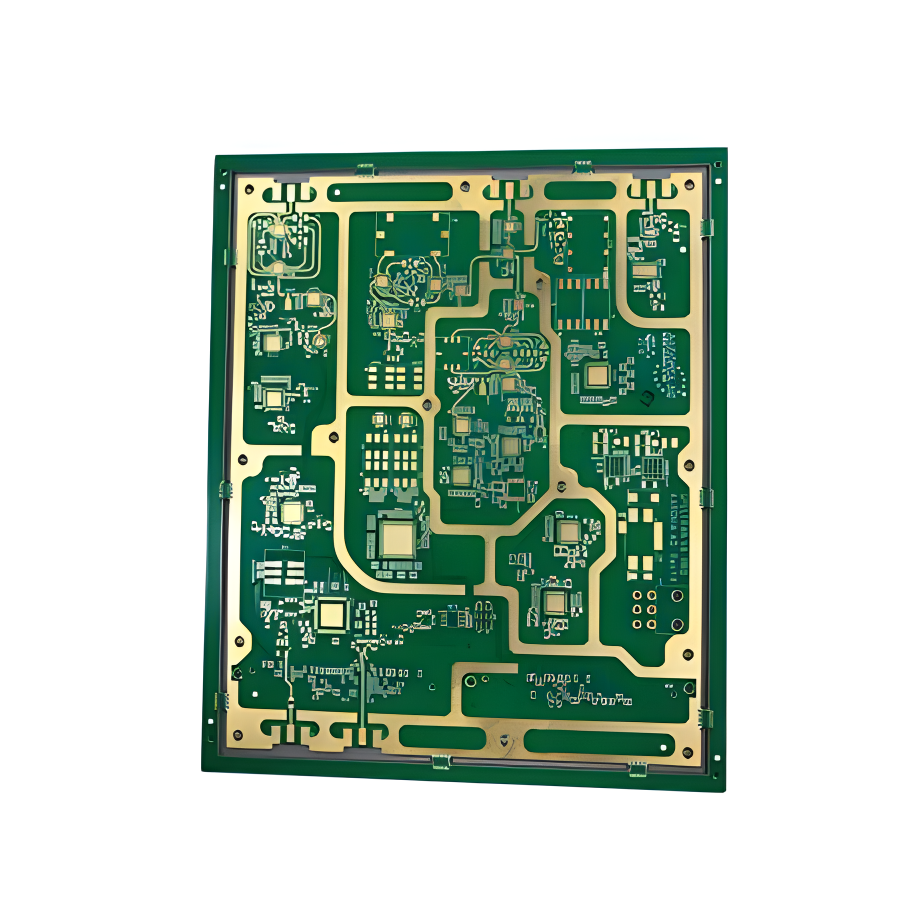 Rogers High-Frequency Board
Rogers High-Frequency Board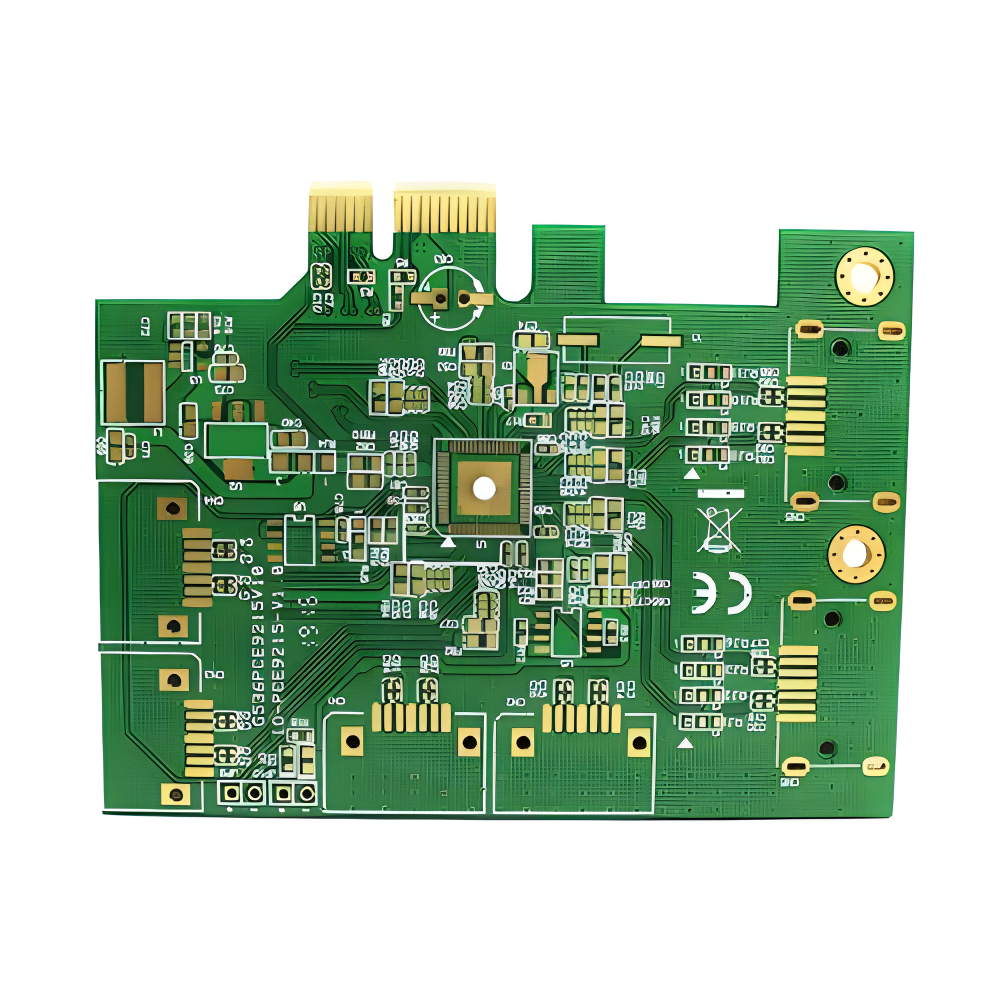 PTFE Teflon High-Frequency Board
PTFE Teflon High-Frequency Board Aluminum
Aluminum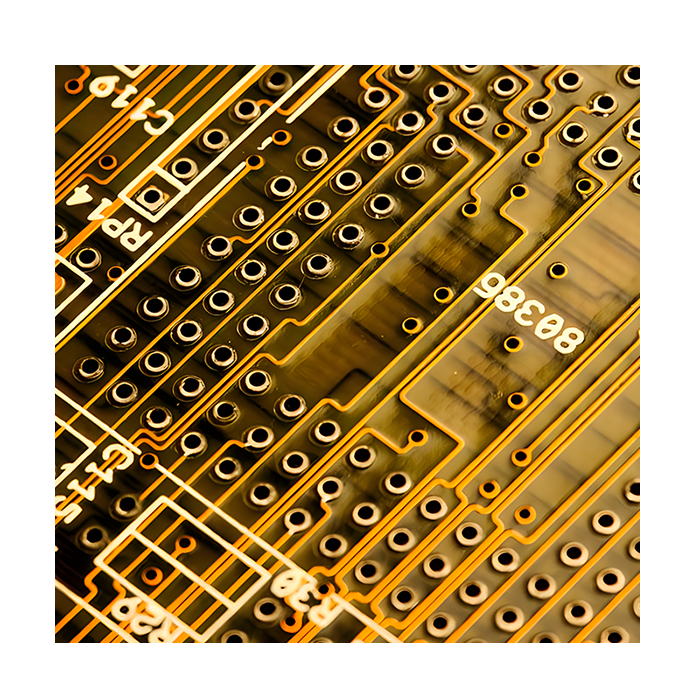 Copper Core
Copper Core PCB Assembly
PCB Assembly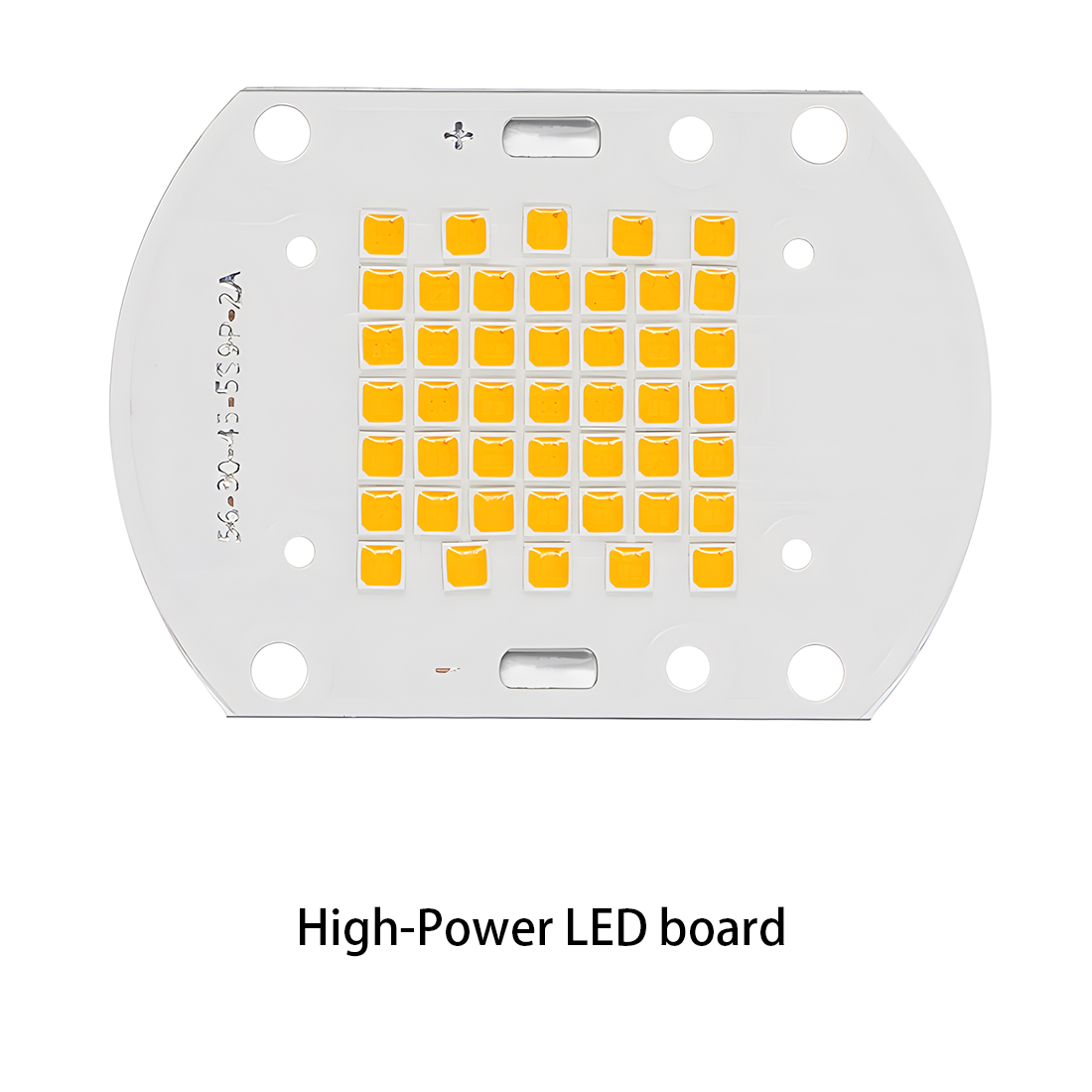 LED light PCBA
LED light PCBA Memory PCBA
Memory PCBA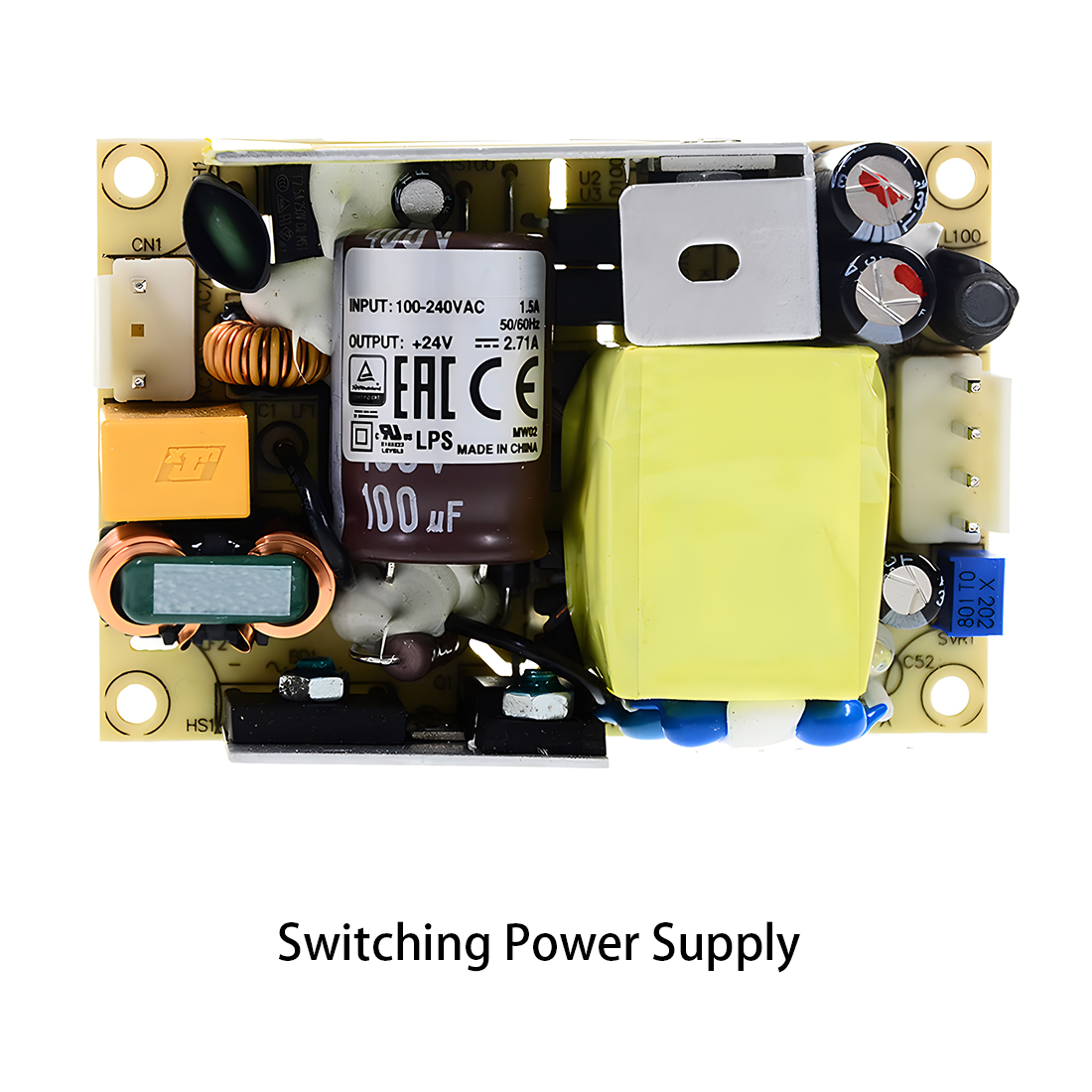 Power Supply PCBA
Power Supply PCBA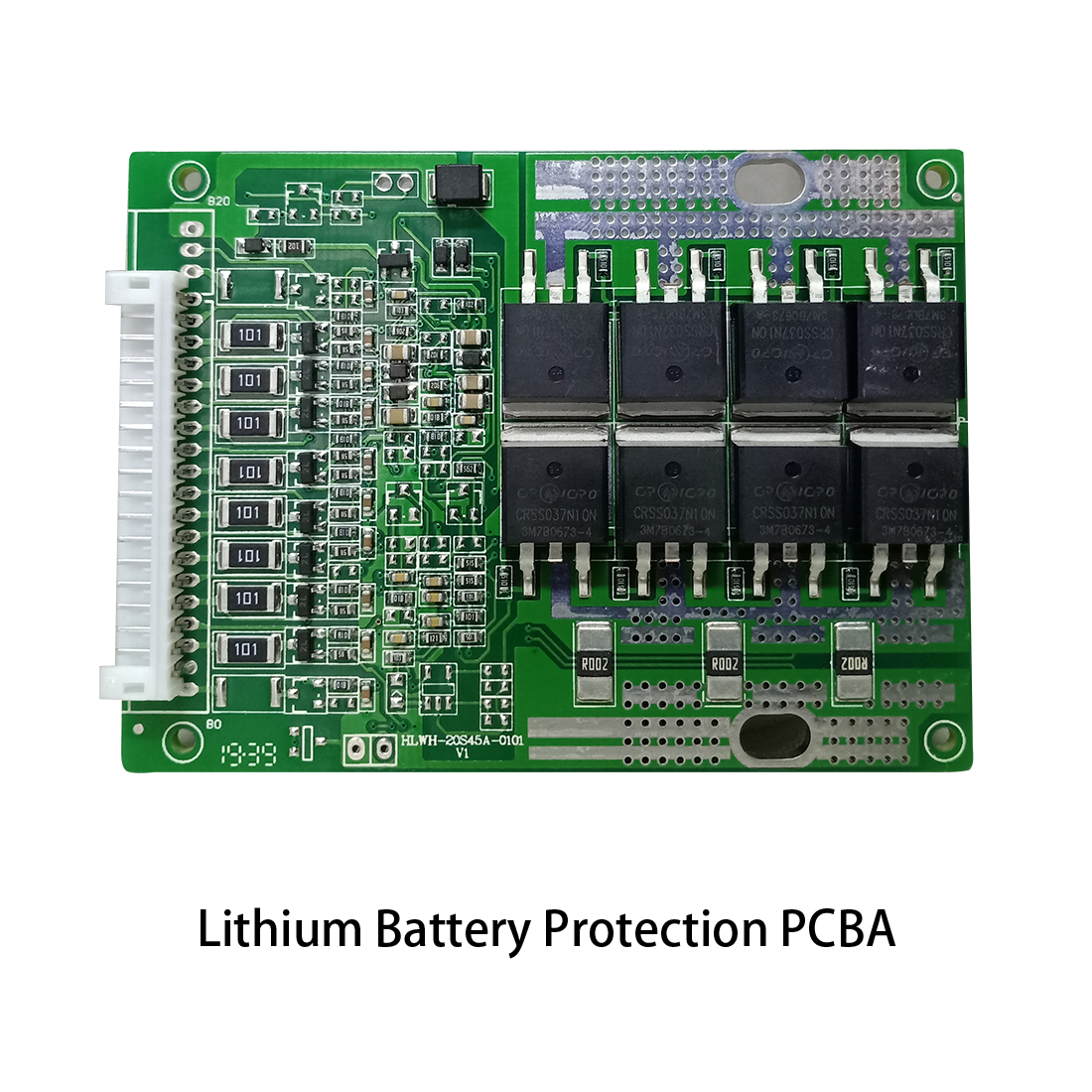 New Energey PCBA
New Energey PCBA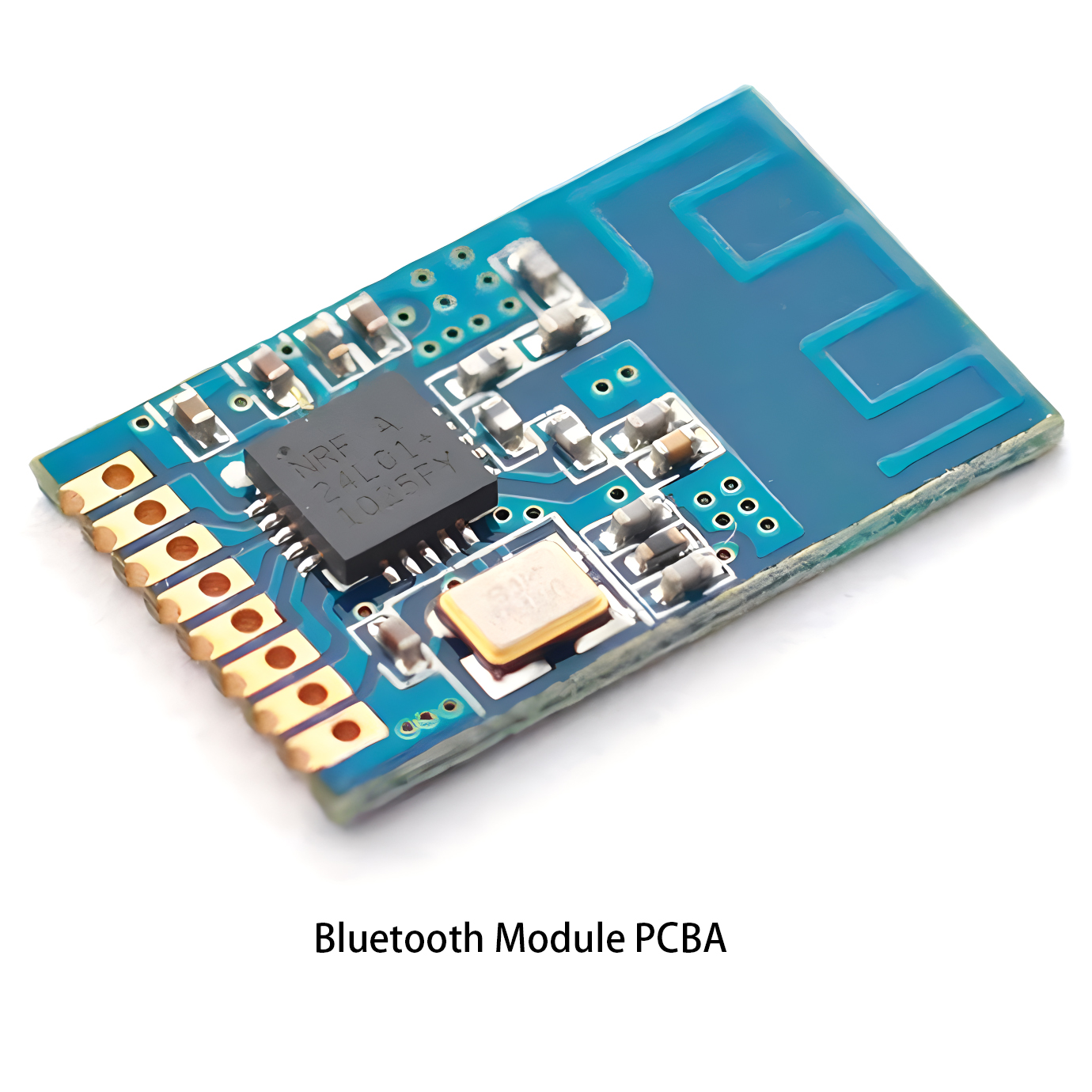 Communication PCBA
Communication PCBA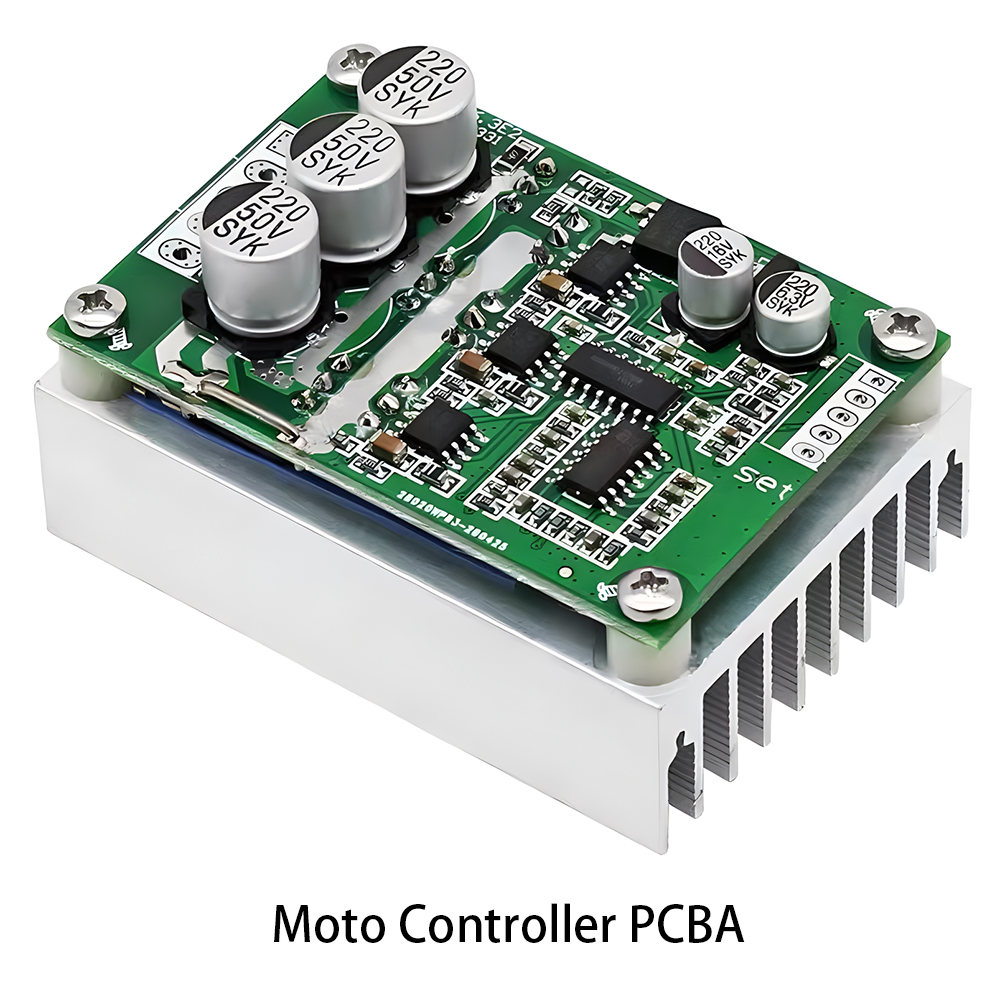 Industrial Control PCBA
Industrial Control PCBA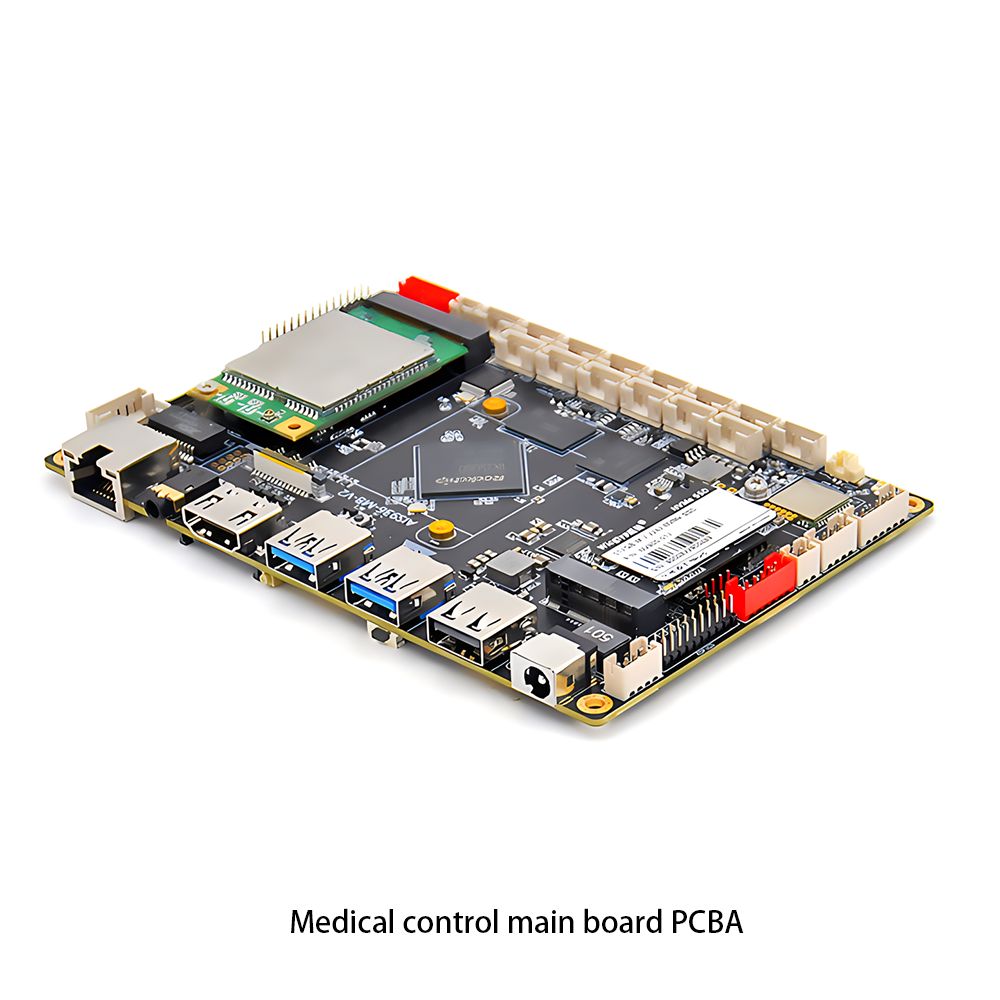 Medical Equipment PCBA
Medical Equipment PCBA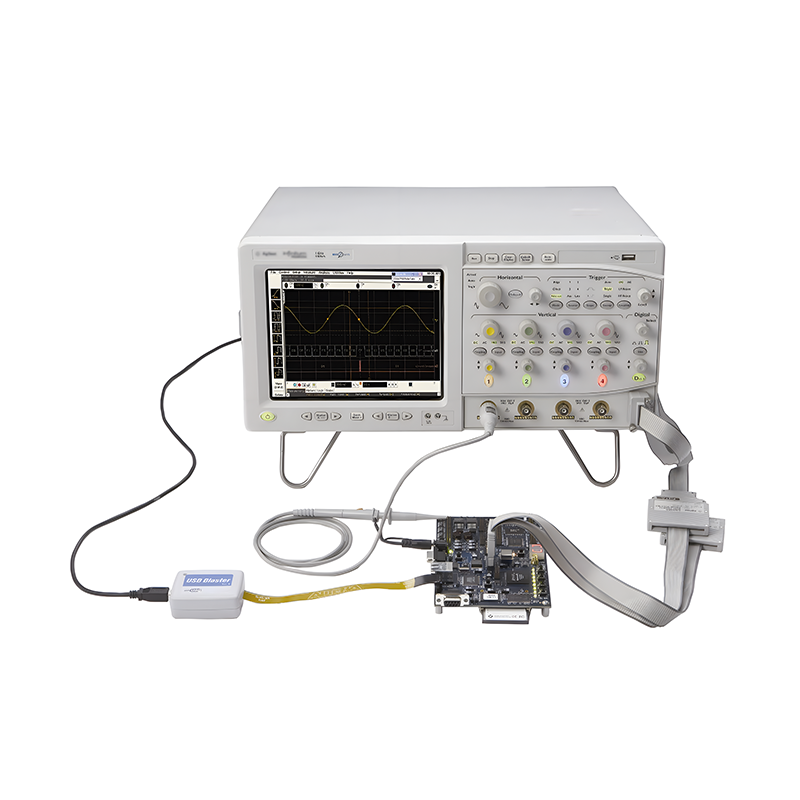 PCBA Testing Service
PCBA Testing Service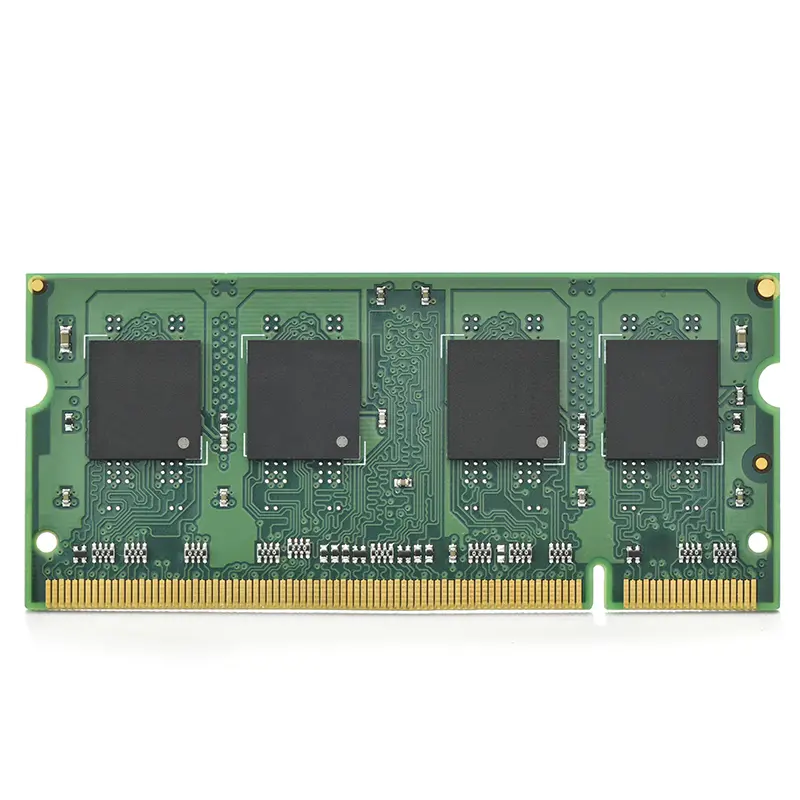 Certification Application
Certification Application RoHS Certification Application
RoHS Certification Application REACH Certification Application
REACH Certification Application CE Certification Application
CE Certification Application FCC Certification Application
FCC Certification Application CQC Certification Application
CQC Certification Application UL Certification Application
UL Certification Application Transformers
Transformers High Frequency Transformers
High Frequency Transformers Low Frequency Transformers
Low Frequency Transformers High Power Transformers
High Power Transformers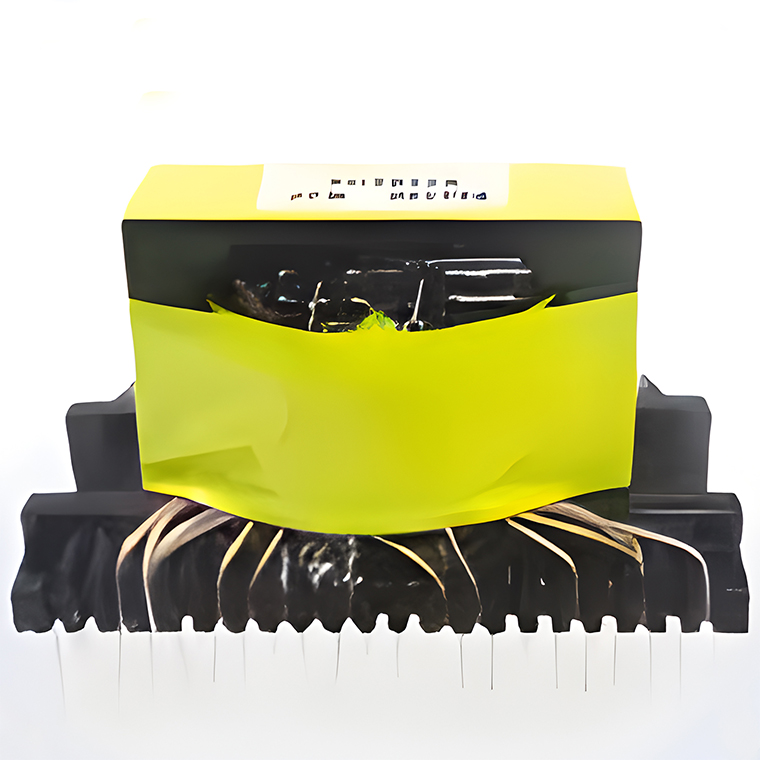 Conversion Transformers
Conversion Transformers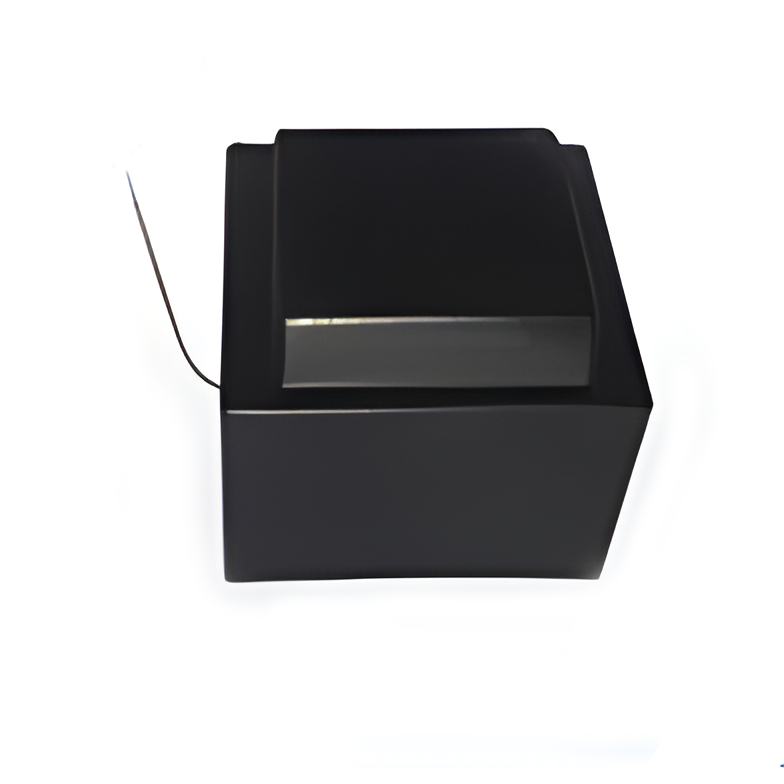 Sealed Transformers
Sealed Transformers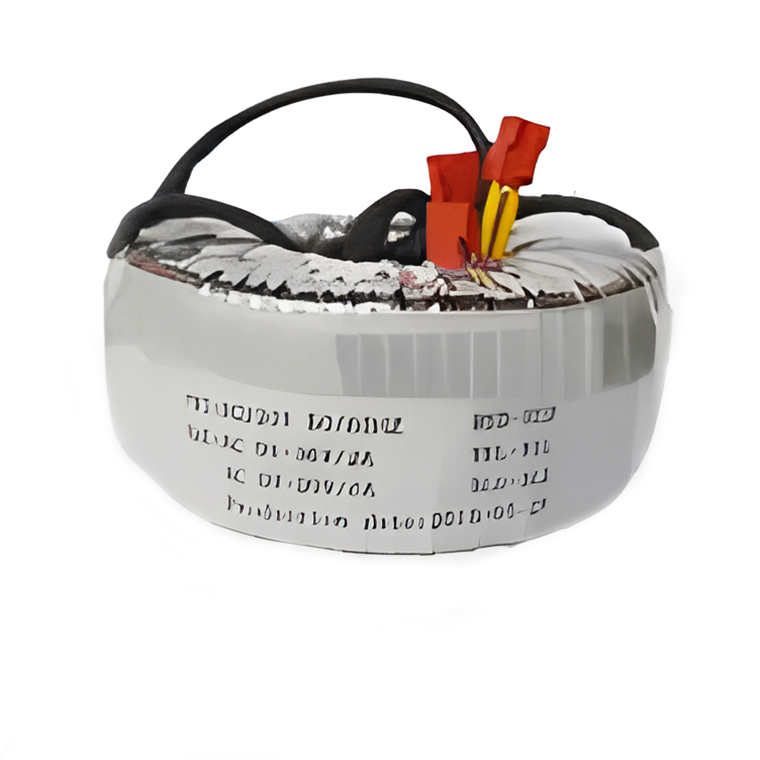 Ring Transformers
Ring Transformers Inductors
Inductors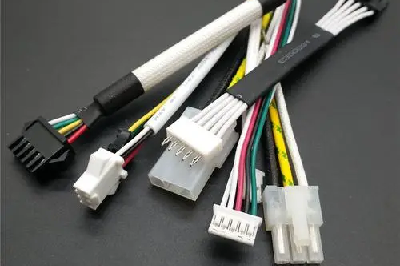 Wires,Cables Customized
Wires,Cables Customized wires-cables
wires-cables

















